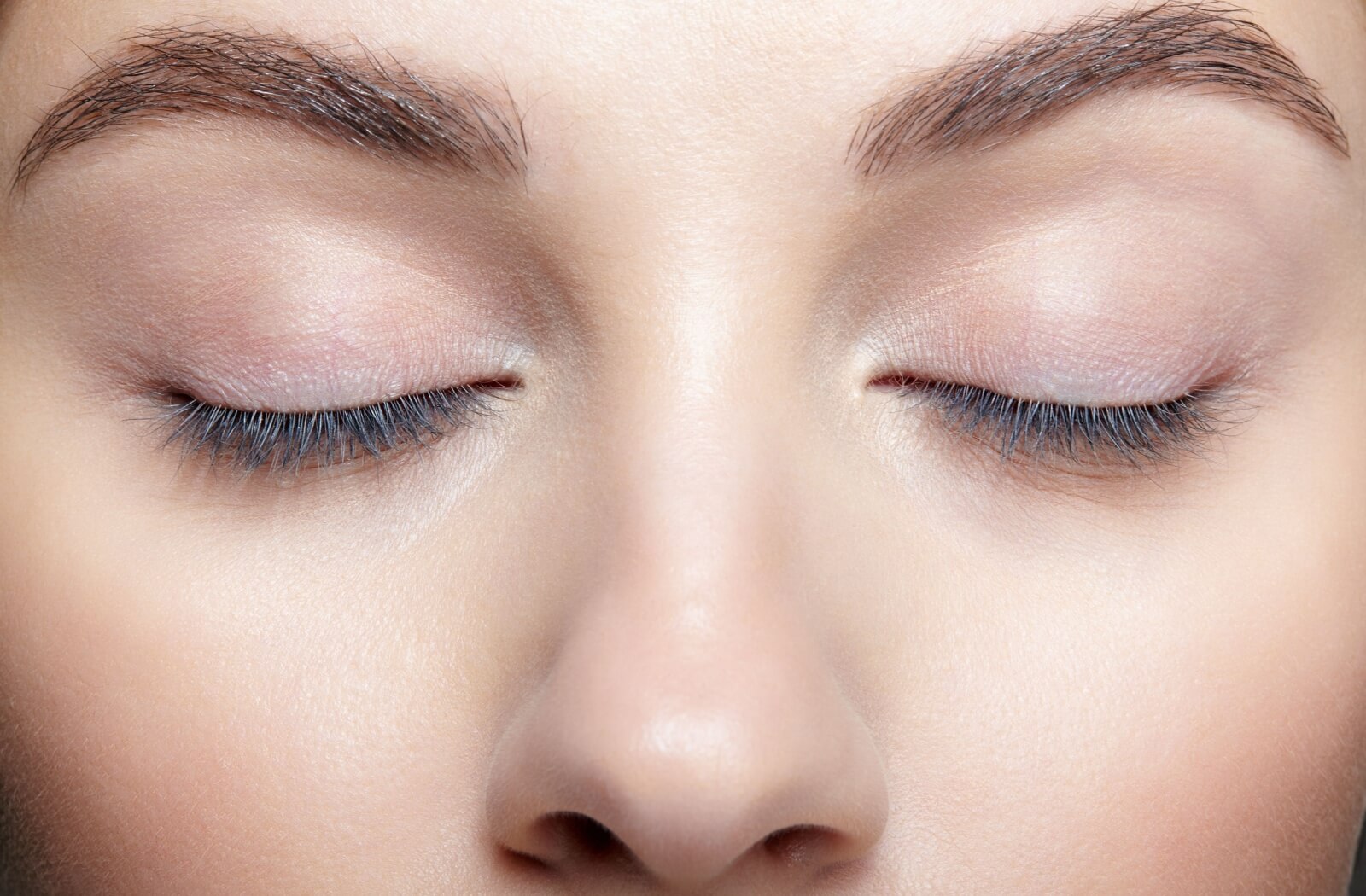Your eyes are constantly working to help you see the world around you. Yet, one action they repeatedly do often gets taken for granted—blinking. Most of us don’t even think about it unless something gets in our eyes, but blinking is essential for keeping our eyes healthy and comfortable.
The average person blinks between 15-20 times per minute, which adds up to roughly 20,000 blinks in a single day. That may sound like a lot, but each of those blinks plays a vital role in protecting and moisturizing your eyes.
Why Do We Blink?
Blinking is more than just an automatic behaviour. It also serves several important functions that keep your eyes in their best condition.
First, every blink acts as a shield for your eyes, spreading a layer of tears across the eye’s surface, then wiping away dirt, dust, and debris. Think of windshield wipers on a car.
Blinking also plays a key role in eye lubrication. It helps your eyes stay hydrated and prevents areas of the cornea from drying out. Without regular blinking, the surface of the eye can become uncomfortable, leading to issues like redness, itchiness, and even more severe conditions.
Finally, blinking gives your eyes short breaks throughout the day. It might seem like a small action, but these brief closures offer rest and relief. This is particularly helpful when focusing on tasks like reading or using a computer.
How Often Do You Blink on Average?
While it might feel like you’re blinking randomly, that isn’t quite the case. For instance, tasks that require focus, like staring at a screen, tend to reduce blinking rates significantly.
Reflexive blinking is the most common. This tends to happen without us even realizing it. On average, we blink about 15-20 times per minute, though that number can change depending on what we’re doing.
Voluntary blinking, on the other hand, is when you blink on purpose. It’s less common, but it often happens when consciously refreshing your eyes or clearing your vision.
What Can Affect How Often We Blink?
Several factors can influence your blinking rate. Some of these are temporary problems, while others may indicate it’s time to see an eye care professional.
Screen Time & Digital Eye Strain
Spending long hours in front of computers or smartphones can reduce how often you blink. Staring at a screen forces your mind to focus, naturally lowering your blink frequency. This often contributes to dry, tired eyes, and can even worsen feelings of eye strain.

Concentration on Tasks
Activities like reading, driving, or crafting something intricate all require intense concentration. However, when you’re focused on these types of tasks, you’re less likely to blink as much as you should. The more absorbed you are in a task, the less likely you are to blink often.
Dry Eye Syndrome
If you deal with dry eye syndrome—a condition recognizable by a persistent burning, stinging sensation in the eyes—blinking sometimes becomes uncomfortable. However, without blinking, your cornea is exposed, and this can lead to long-term vision problems if you don’t address the issue.
Age
Age has a noticeable impact on how often we blink. Babies, for example, blink far less than adults, with newborns blinking only a few times a minute. Their underdeveloped tear production and smaller eyes mean they don’t need to blink as frequently to keep their eyes moist.
Meanwhile, tear production decreases with age, which can lead to various eye problems. Older adults may blink more, or less, than average, depending on how their eyes compensate for these changes.
Lifestyle & Habits
Your daily habits and lifestyle choices also influence how often you blink. For instance, dehydration can reduce the quality of your tear film, which may alter your blink rate as your eyes struggle to stay lubricated.
Other habits, like the amount of sleep you get, can also play a role. A lack of rest often makes the eyes tired and strained, which might increase blinking frequency to compensate for discomfort.
Tips for Maintaining Better Eye Habits
Keeping your eyes in great condition doesn’t have to be complicated. Here are some everyday tips to help you form healthy habits for long-term eye health:
- Follow the 20-20-20 rule. Every 20 minutes, look at an object 20 feet away for 20 seconds.
- Drink water throughout the day to stay hydrated. Hydration keeps your eyes lubricated and comfortable.
- Use artificial tears if you feel that your eyes are dry or irritated, especially if you work in dry environments.
- Make sure your computer or mobile screen is at eye level. This encourages good posture and reduces strain.
Sometimes, it’s as simple as reminding yourself to blink more often. Remember—even though it’s often subconscious, blinking is an incredibly important habit.
Protect Your Eyes Through Good Eyecare
Your eyes play a crucial role in your daily life, and blinking is one of the easiest ways to keep them in great shape. But even though it’s extremely helpful, it can’t do all the work.
Regular eye exams are a core part of a proper health plan. Our team here at Insight Eyecare can examine your eyes, watch for subtle signs of underlying conditions, and help keep your vision clear. We’re here to give your eyes and vision the attention they deserve, so schedule an appointment with our team today!







